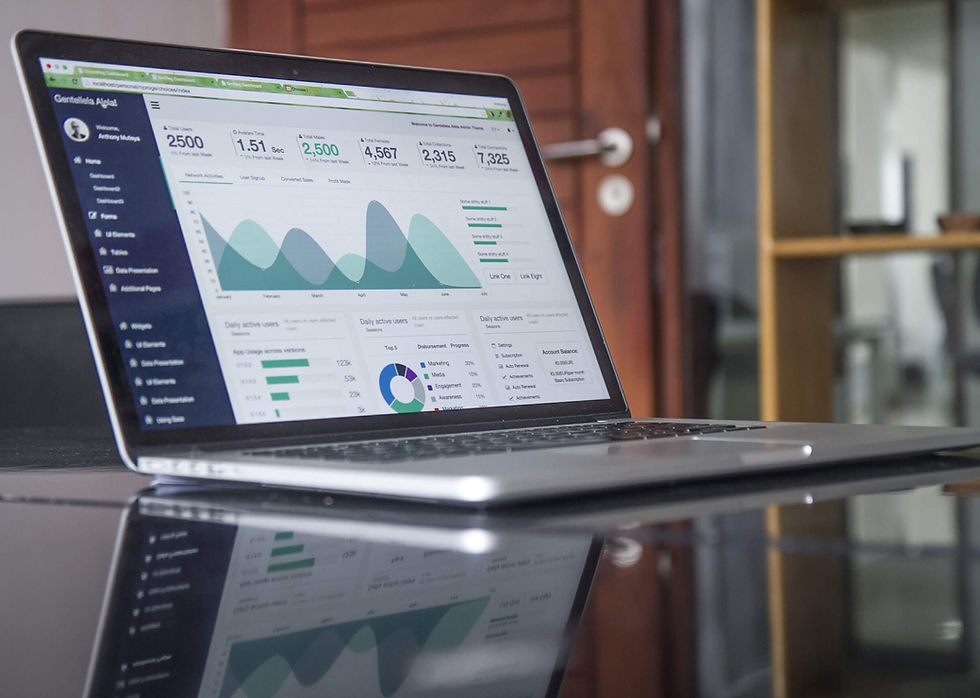The Challenge of Big Data is “BIG”
- Romeo Siquijor
- Nov 13, 2023
- 2 min read
Source: Beyond the Numbers: A Data Analyst Journey | Anna Leach | TEDxPSU
4 Types of Analytics:
1. Descriptive Analytics - is a preliminary stage of data processing that creates a summary of historical data to yield useful information and possibly prepare the data for further analysis. It provides information or rather a report on what happened, why, and when. Most of us are very keen and familiar with this type of analytics as we see them regularly in our daily, weekly, monthly, annual reports. It is good for those WOW (What Went Wrong) analyses, to understand the root causes.
2. Predictive Analytics - is the branch of advanced analytics which is used to make predictions about unknown future events. Predictive analytics uses many techniques from data mining, statistics, modeling, machine learning, and artificial intelligence to analyze current data to make predictions about the future. It intends to foretell what is likely to happen given certain parameters, however we need to note that it merely forecasts what are the probabilities of the occurrence of the event base on certain accuracy rate, otherwise everybody will bring this model to Las Vegas and bet on it. A more common example of this is weather forecasting, like analyzing the probability of rain in specific area.
3. Discovery or Diagnostic Analytics - is the process of mining data by correlating patterns and behaviors to provide feedback base on the relationship it discovered. It takes an in-depth look at data to understand the root causes of certain events. It is particularly useful to determine what factors and events contributed to the outcome. Auditing robot AI's are good example of this type, you send this robot to discover any pattern related to finding patterns on any auditing policy violation.
4. Prescriptive Analytics - is the area of advance analytics dedicated to finding the best course of action for a given situation. Prescriptive analytics typically combines some level of descriptive, predictive, and discovery/diagnostic analytics. A good example of this is the algorithm you use to arrive at your destination using the fastest route. This type of prescriptive analytics combines the other type analytics to provide you with the most accurate prediction.

Again, with more data and less professionals who could manipulate them, we could have a huge number of information in front of our noses that we could not see. There could be a lot of valuable data that we could not interpolate and extrapolate, not because of the lack of tools nor datasets, but because of the lack of knowledge and skills to extract and pull them out to make an intelligent use of those analytical information.

Comments